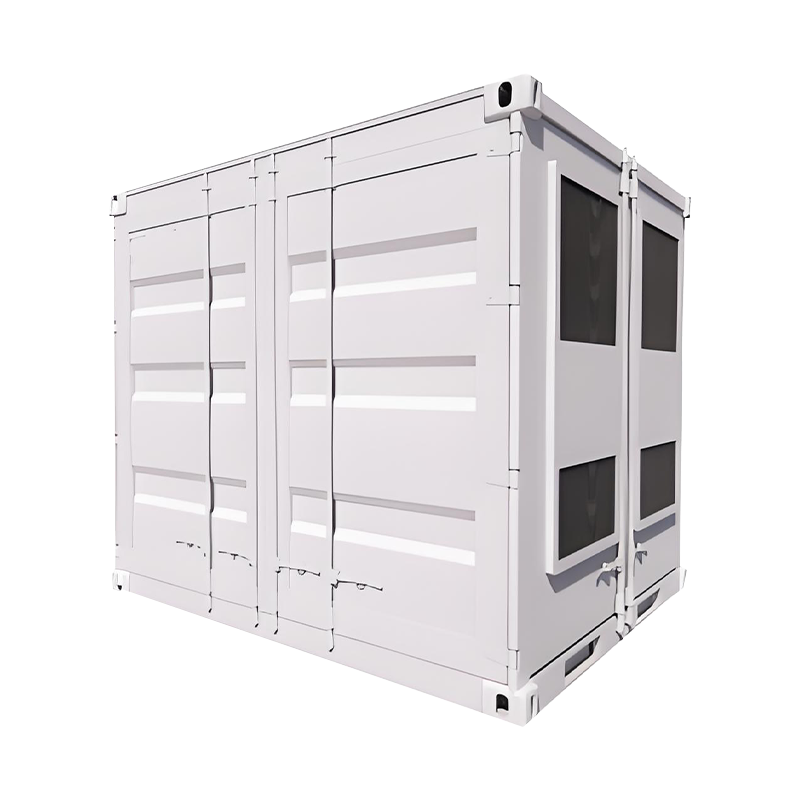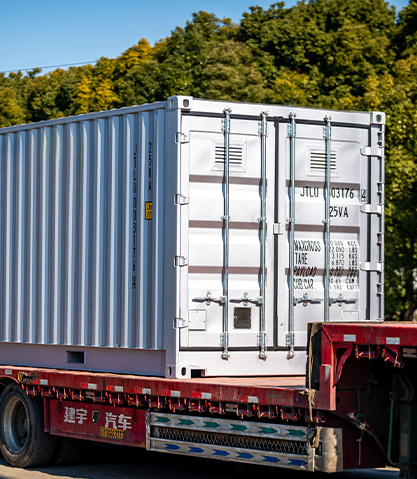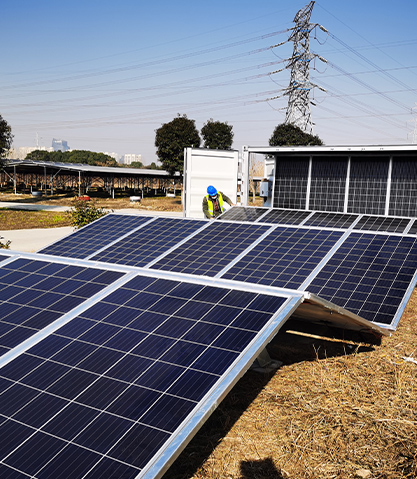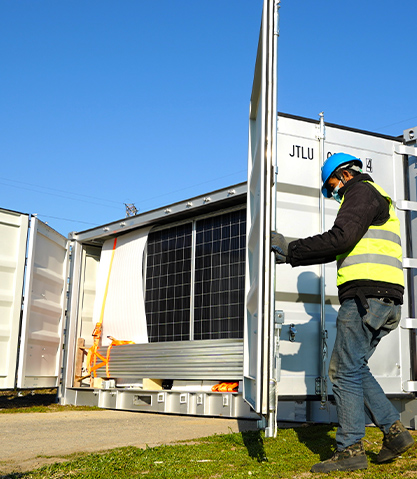As the global energy landscape shifts toward renewables and decarbonization, the demand for scalable, flexible, and reliable energy storage solutions is reaching unprecedented levels. In this context, the Battery ESS Container—a modular, containerized energy storage system—has emerged as a critical infrastructure asset for modern power systems. But how exactly is this technology redefining the way we manage, distribute, and stabilize energy at both utility and industrial scales?
At its core, a Battery ESS (Energy Storage System) Container integrates high-capacity lithium-ion batteries, a battery management system (BMS), thermal management components, fire protection mechanisms, power conversion systems (such as inverters), and often supervisory control systems—all housed within a standardized 20ft or 40ft container. This pre-integrated design allows the unit to be easily transported, installed, scaled, and commissioned, offering a plug-and-play approach to grid-level energy storage.
One of the key drivers behind the rise of containerized battery ESS solutions is the intermittency challenge posed by renewable energy sources such as solar and wind. While clean energy production has soared, its output often fails to align with peak demand periods. A Battery ESS Container provides the crucial bridge: storing excess energy generated during low-demand hours and releasing it during peak usage times. This time-shifting capability enhances grid reliability, reduces curtailment of renewables, and minimizes reliance on fossil-fuel-based peaking plants.
Beyond grid balancing, these containers are instrumental in frequency regulation, voltage support, and black-start capabilities. For instance, in high-voltage transmission networks, even minor frequency deviations can compromise system stability. The fast-response nature of lithium-ion ESS allows operators to inject or absorb power within milliseconds, thus maintaining grid integrity. Moreover, during grid outages or shutdowns, the containerized system can provide emergency start-up power—helping restart power plants and critical infrastructure.
Another critical feature is scalability and modularity. Because the entire system is housed in a standardized shipping container, multiple units can be connected in parallel to meet diverse power and energy requirements—from small commercial setups requiring 500 kWh to utility-scale installations exceeding hundreds of megawatt-hours. This modular configuration not only simplifies planning and logistics but also allows for incremental investment, enabling energy operators to scale storage infrastructure over time based on changing demand profiles.

From an engineering perspective, modern Battery ESS Containers are designed for high energy density, thermal safety, and long lifecycle performance. The lithium-ion cells—often of LFP (Lithium Iron Phosphate) or NMC (Nickel Manganese Cobalt) chemistries—are arranged in racks and managed by advanced BMS platforms that monitor temperature, voltage, current, and state-of-charge in real time. To prevent thermal runaway, the container includes active air or liquid cooling systems, multi-layer fire suppression units, and safety zoning to isolate fault-prone components.
Equally important is the integration of intelligent software and cloud-based platforms. Operators can remotely monitor energy flow, track degradation trends, manage peak shaving strategies, and optimize dispatch schedules based on real-time market signals. Machine learning algorithms are increasingly being used to predict load behavior, maximize battery life, and minimize operational costs. This convergence of hardware and software creates a dynamic and responsive energy asset that goes beyond simple charge-discharge cycles.
The deployment flexibility of battery ESS containers also makes them ideal for off-grid and hybrid systems. In remote mining operations, islanded microgrids, or rural electrification projects, the containerized ESS can work in tandem with solar PV arrays or diesel gensets to deliver uninterrupted, fuel-optimized power. The container’s rugged design—with IP-rated enclosures, anti-corrosion coatings, and environmental control systems—ensures performance even under harsh climatic conditions such as deserts, arctic zones, or tropical rainforests.
On the regulatory and commercial side, Battery ESS Containers are increasingly becoming key enablers for energy arbitrage, demand response, and capacity market participation. By storing energy when electricity prices are low and discharging it when prices peak, energy operators can generate substantial revenue. Additionally, utilities are now using ESS to defer or eliminate the need for costly substation upgrades or new transmission infrastructure—reducing capital expenditure while maintaining service quality.
Environmental benefits are also considerable. Unlike traditional peaker plants, which rely on fast-starting gas turbines, Battery ESS systems produce zero direct emissions and operate silently. Their deployment supports decarbonization targets, helps integrate distributed renewable resources, and contributes to the overall flexibility and resiliency of power grids transitioning toward net-zero emissions.

 English
English 中文简体
中文简体 عربى
عربى



